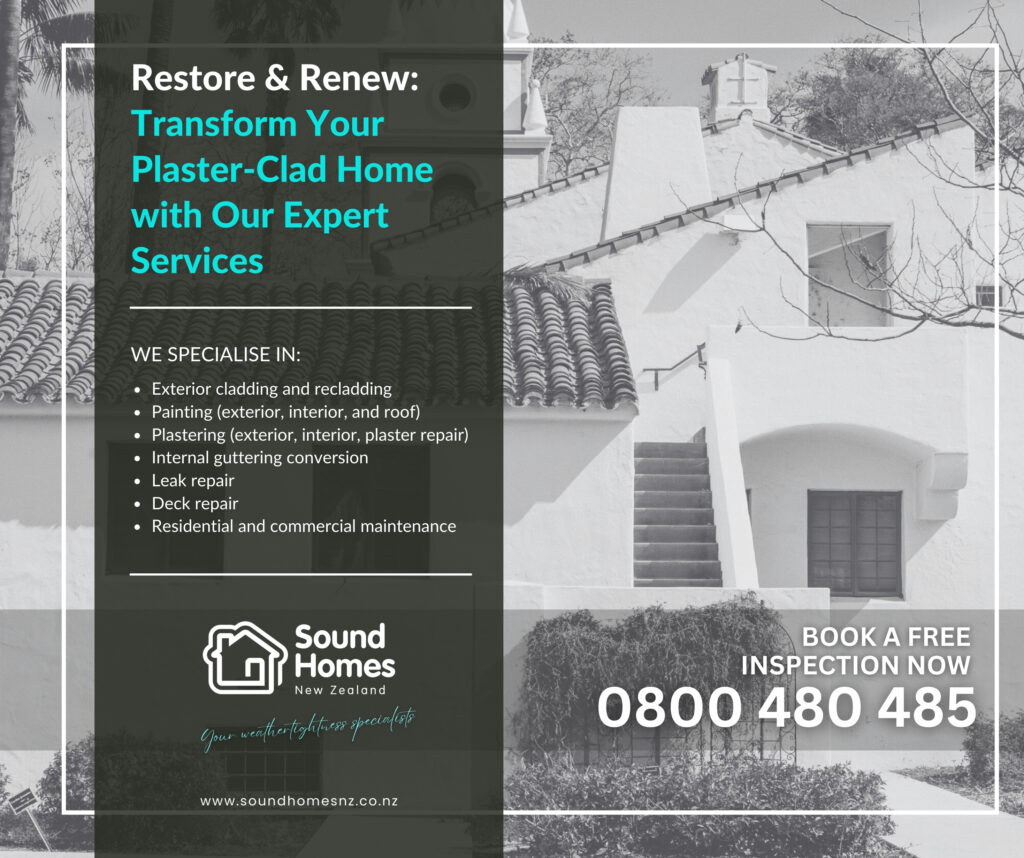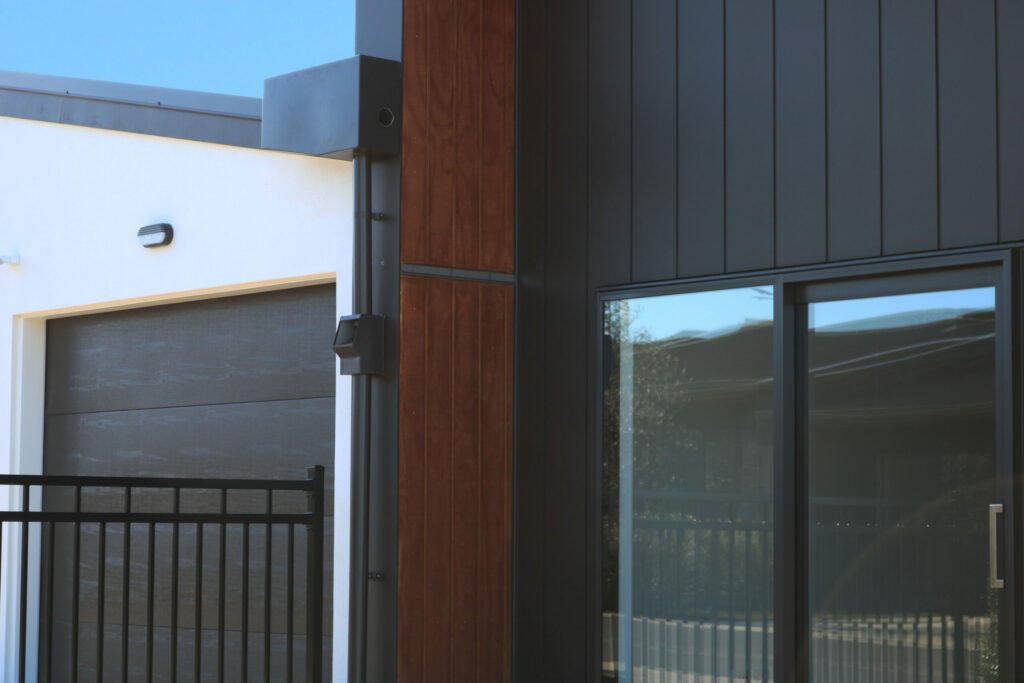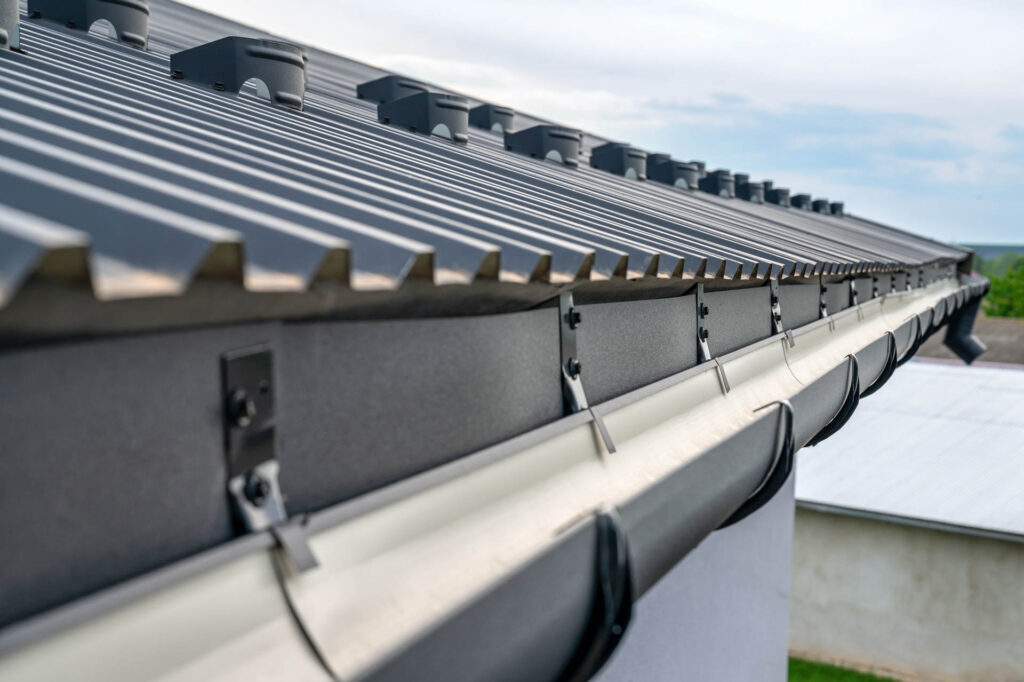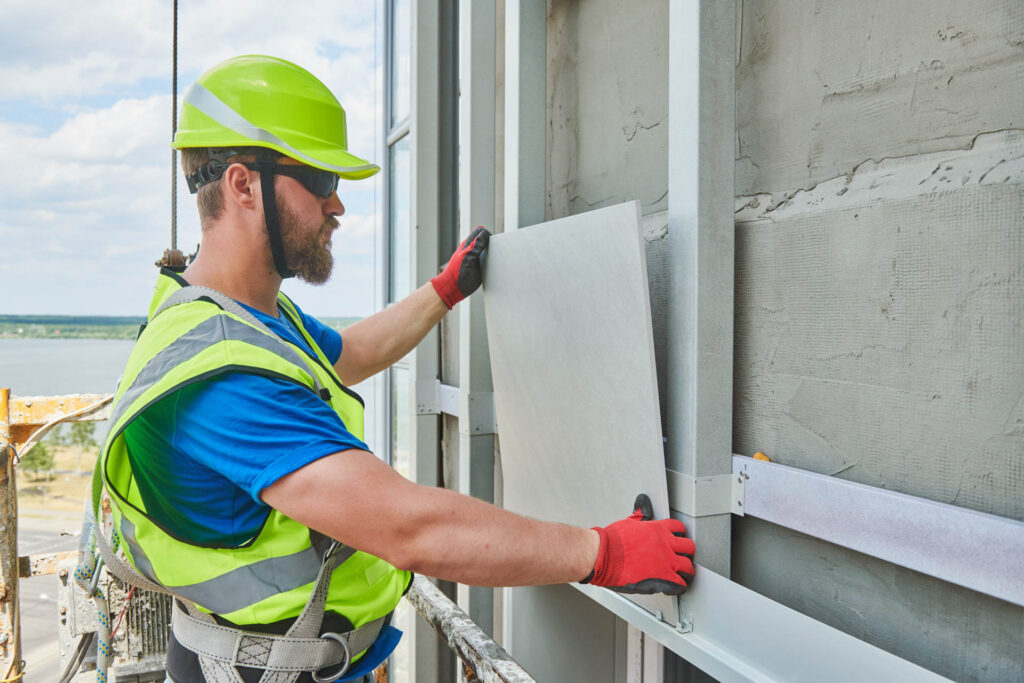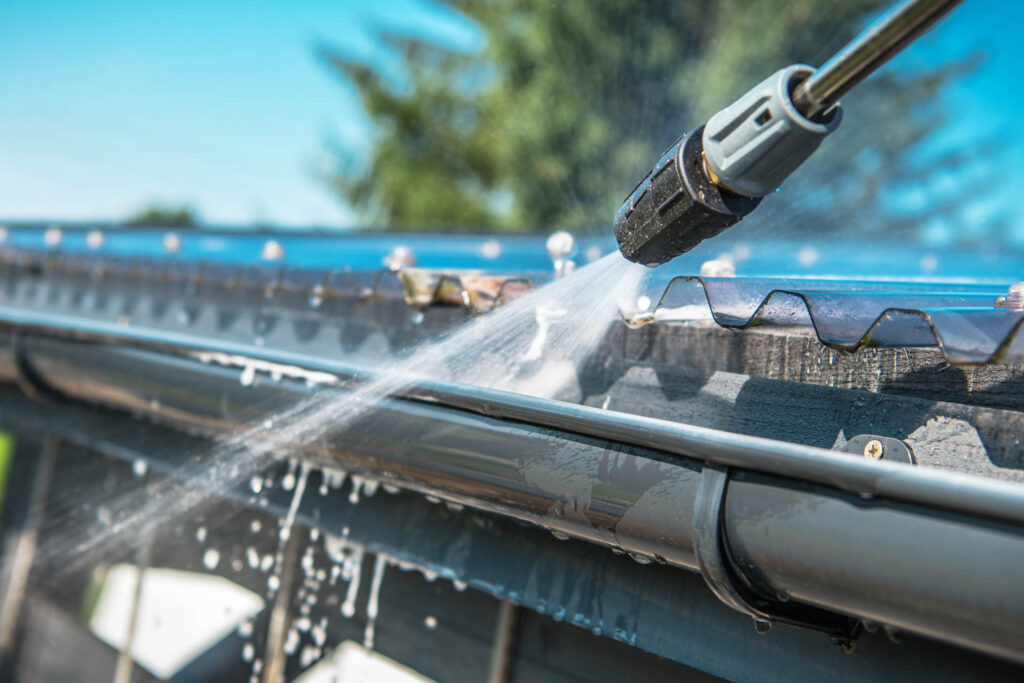- February 8, 2024
- Leaky home repairs
- Diana Subido
Finding Hope for Plaster Clad Homes
Owning a home is often considered a cornerstone of one’s lifelong dream, providing a sense of stability and security. However, for homeowners with plaster-clad houses, the dream can turn into a financial nightmare. The issue of weathertightness in these homes has led to significant challenges, leaving many wondering if there is any hope for them. In this blog, we’ll explore the financial dilemma faced by homeowners with plaster-clad houses and shed light on how Sound Homes NZ, a company that specialises in weathertightness, can make a difference.
The Plaster Cladding Predicament:
Plaster cladding, a popular choice for home exteriors, was once believed to be a durable and aesthetically pleasing option. However, over time, it became apparent that many homes with plaster cladding were prone to moisture-related issues. Water infiltration, coupled with poor installation practices and insufficient drainage systems, has led to widespread damage, including rotting framing, mould growth, and compromised structural integrity.
What led to the “Leaky Homes” crisis?
Laine Moger, a seasoned journalist and Property Educator tackles the “leaky home” crisis in her article “What are ‘Leaky Homes’ and do I need to worry about them?”
According to the article, during the early 2000s, a substantial number of New Zealand homeowners endured the repercussions of a significant construction flaw, ultimately leading to what is now known as the “Leaky Homes” crisis. The crisis of Leaky Homes was a consequence of a multitude of poor design decisions prevalent during that era. Three main issues contributed significantly to the problem:
- Monolithic Cladding (such as plaster): The choice of monolithic cladding, like plaster, was a pivotal factor. This type of cladding lacked a cavity, as the plaster was directly affixed to the structural framework of the houses.
- Absence of Cavity (Plaster fixed directly to the structure): The absence of a cavity between the cladding and the internal structure exacerbated the issue. Unlike traditional brick homes, where a gap existed between the exterior wall and the interior structure, these homes had the plaster affixed directly to the framework.
- Poor Design Trends of the Time (Flat Roofs and No Eaves): The prevailing design trends, characterized by flat roofs and the absence of eaves, further compounded the problem. These design choices left homes vulnerable to water infiltration.
In 1993, a significant shift occurred as more homes were constructed in a Mediterranean style. This architectural approach featured flat roofs, lacked eaves, and employed plaster as the primary cladding material instead of the traditional brick facade.
While monolithic cladding, including plaster, was chosen to impart a sleek Moroccan-inspired, seamless appearance to properties, the real issue was not the plaster itself but how it was incorporated into the overall design.
Contrary to common belief, water can permeate through various cladding materials, not just plaster but also bricks. The building industry had recognised this fact since the early 1900s, leading to the practice of constructing brick homes with a 30-60mm cavity between the external cladding wall and the interior structure.
However, during the period in question, homes were built with timber frames, and the exterior cladding (plaster) was directly attached to the structure, eliminating the gap present in traditional brick homes. This meant that the only protection between the elements and the timber structure was a 3mm coat of waterproof paint.
Although the paint was specially designed for waterproofing, it was not foolproof. Additionally, the flat roofs of these homes allowed water to pool for extended periods, causing it to eventually run down the walls, leading to leakage in the timber structure.
Compounding the issue, the timber used was often untreated, resulting in rapid rotting when exposed to water. Initially, everything appeared satisfactory for the first 5 years, but problems emerged later.
Financial Fallout for Homeowners:
The financial implications for homeowners with plaster-clad houses are significant. Not only do they face the cost of repairing the damage caused by moisture infiltration, but the stigma associated with plaster-clad homes also affects property values. Some homeowners have found themselves trapped in a downward spiral of repair costs, declining home values, and insurance challenges.
Is There Hope for Homeowners?
Amidst the challenges, there is hope for homeowners facing the financial dilemma of plaster-clad houses. Companies like Sound Homes NZ specialise in weathertightness expertise, offering comprehensive solutions to address the root causes of moisture-related issues. By partnering with experts in weathertightness, homeowners can take proactive steps to protect their investment and restore confidence in the longevity and value of their homes.
Sound Homes: A Beacon of Hope for Weathertightness:
Sound Homes provides a ray of hope for homeowners contending with weathertightness challenges in plaster-clad houses. With a team of experienced professionals, they provide thorough inspections, targeted repairs, and proactive maintenance plans to ensure that homes are protected against moisture infiltration.
The Expertise of Sound Homes:
- Comprehensive Inspections: Sound Homes NZ conducts detailed inspections to identify existing issues and potential areas of vulnerability. This proactive approach allows homeowners to address problems before they escalate.
- Tailored Solutions: Recognizing that each home is unique, Sound Homes offers customised solutions to address specific weathertightness issues. From targeted repairs to comprehensive renovations, their expertise covers a wide range of interventions.
- Preventive Maintenance: Sound Homes NZ believes in the power of preventive measures. Through routine maintenance plans, they help homeowners avoid future weathertightness issues, ultimately saving them from the financial burden of extensive repairs.
While the financial dilemma of plaster-clad houses is undoubtedly challenging, homeowners can find hope through the expertise of companies like Sound Homes NZ. By addressing weathertightness issues head-on, these professionals not only restore the integrity of homes but also provide peace of mind to homeowners who have weathered the storm of uncertainty. With a commitment to comprehensive inspections, tailored solutions, and preventive maintenance, Sound Homes NZ is leading the way in turning the tide for plaster-clad houses and offering a brighter future for homeowners.
Get in touch with the Sound Homes NZ team now for a FREE no obligation inspection and quote – call 0800 480 485 or fill in a form on their website – https://soundhomesnz.co.nz.

